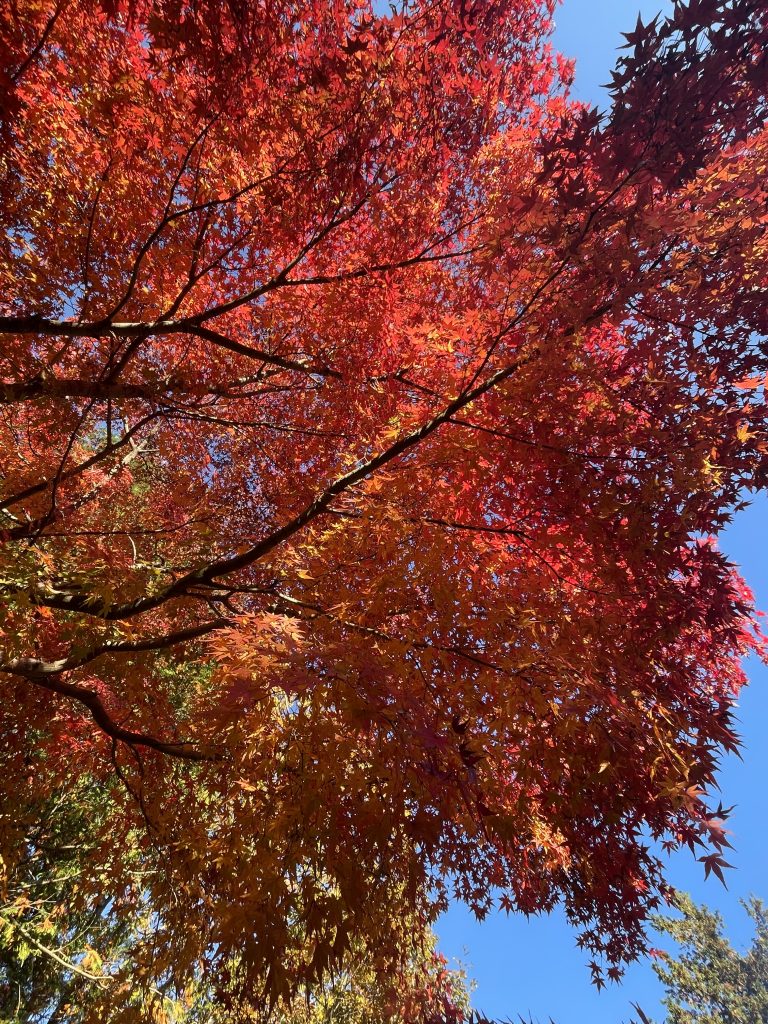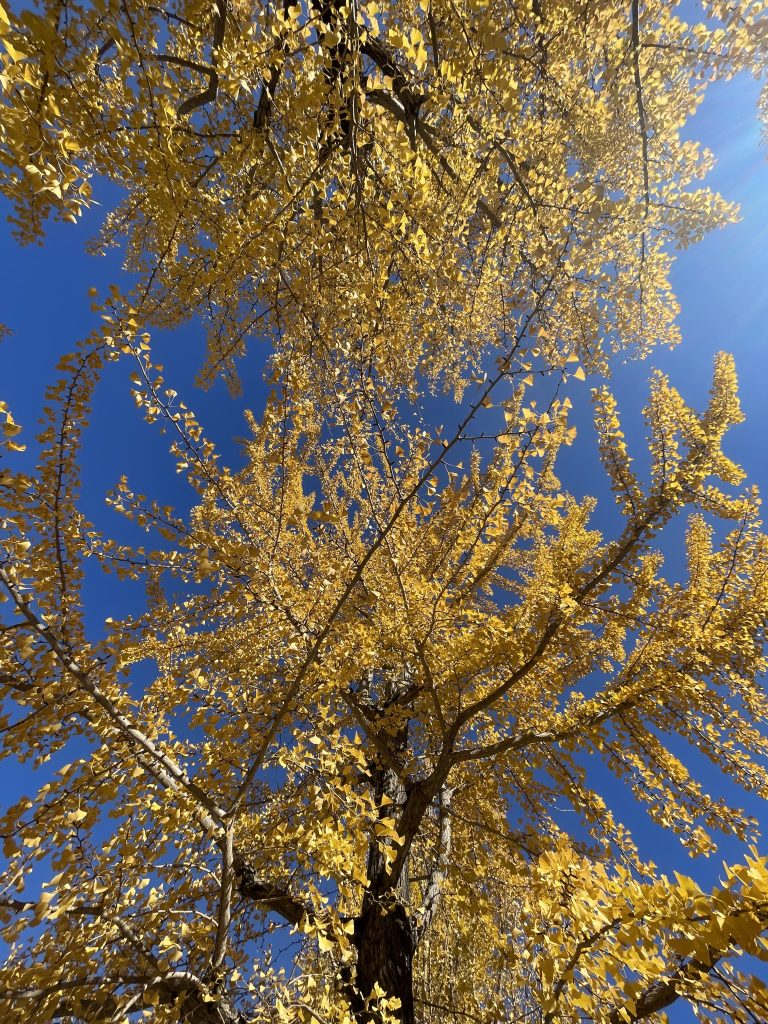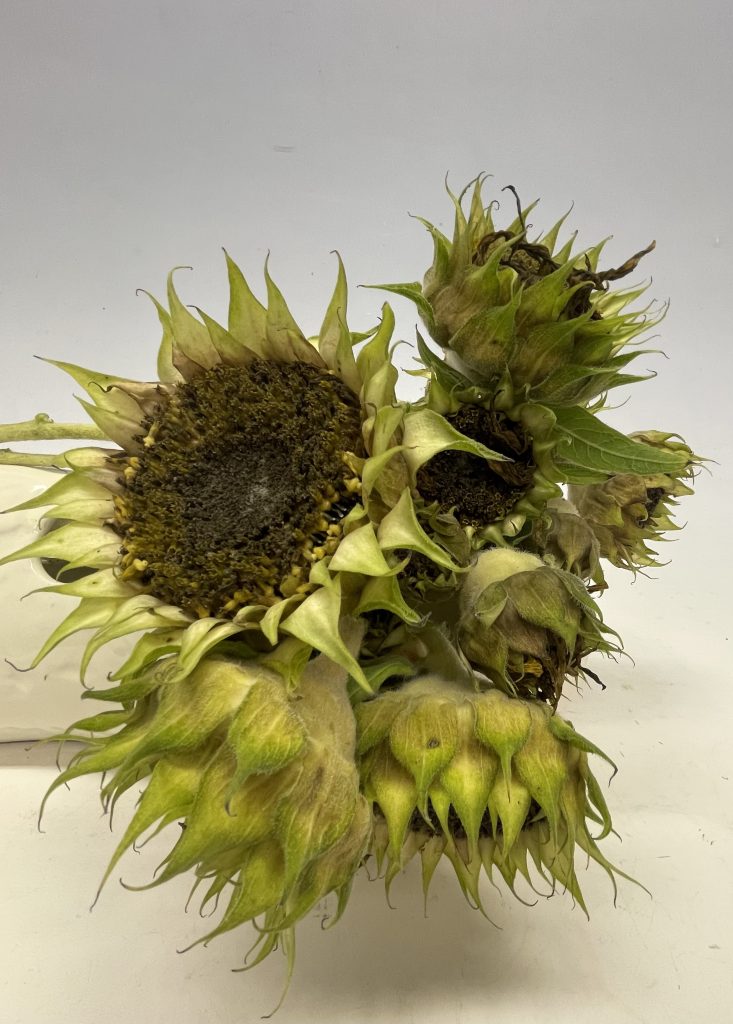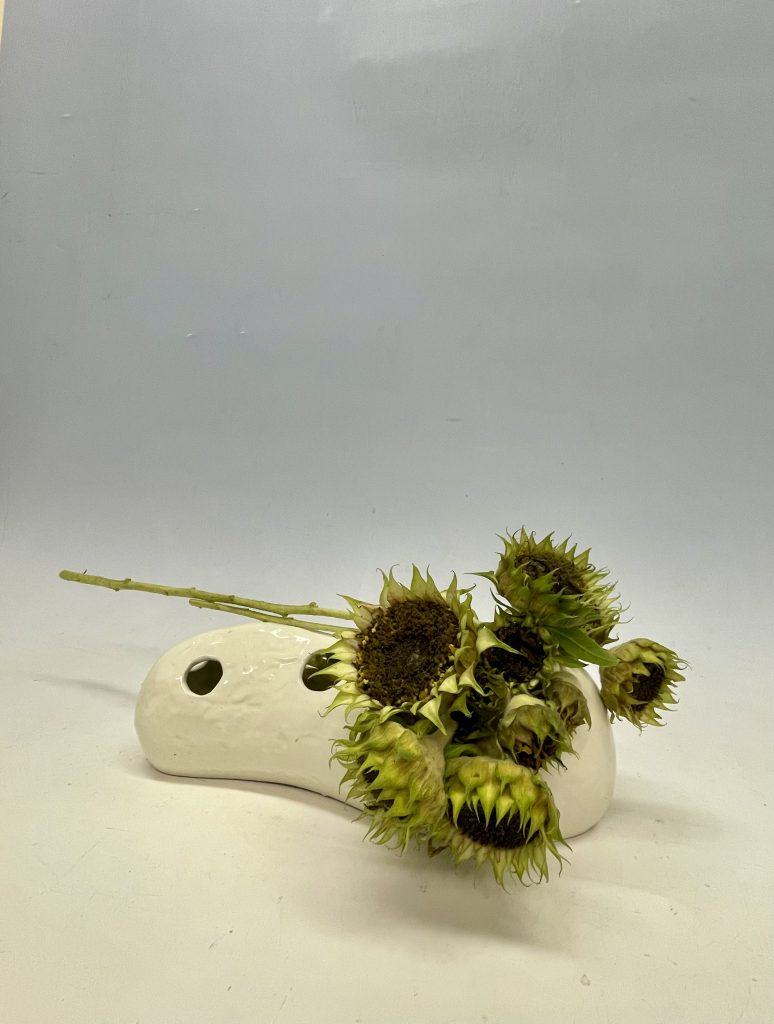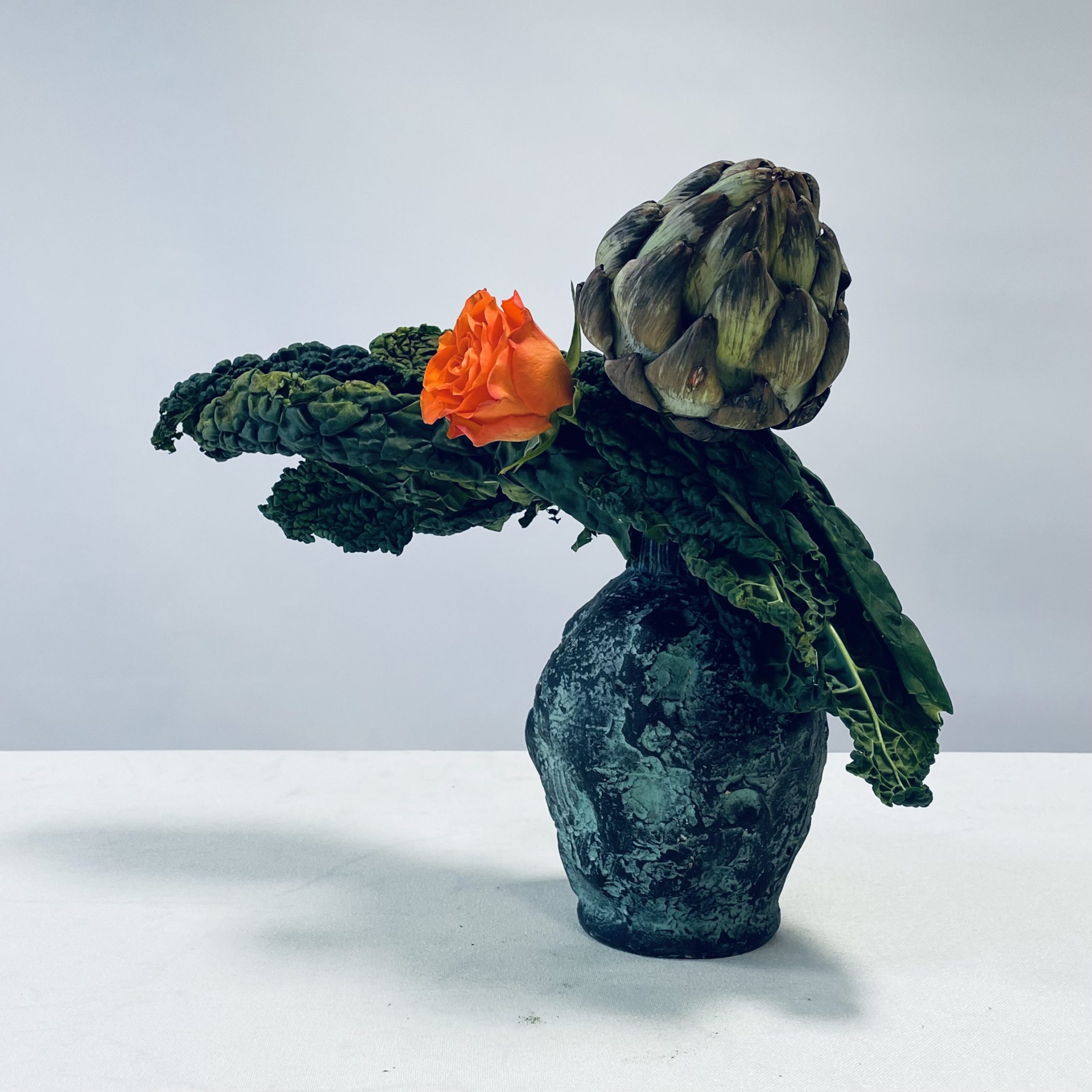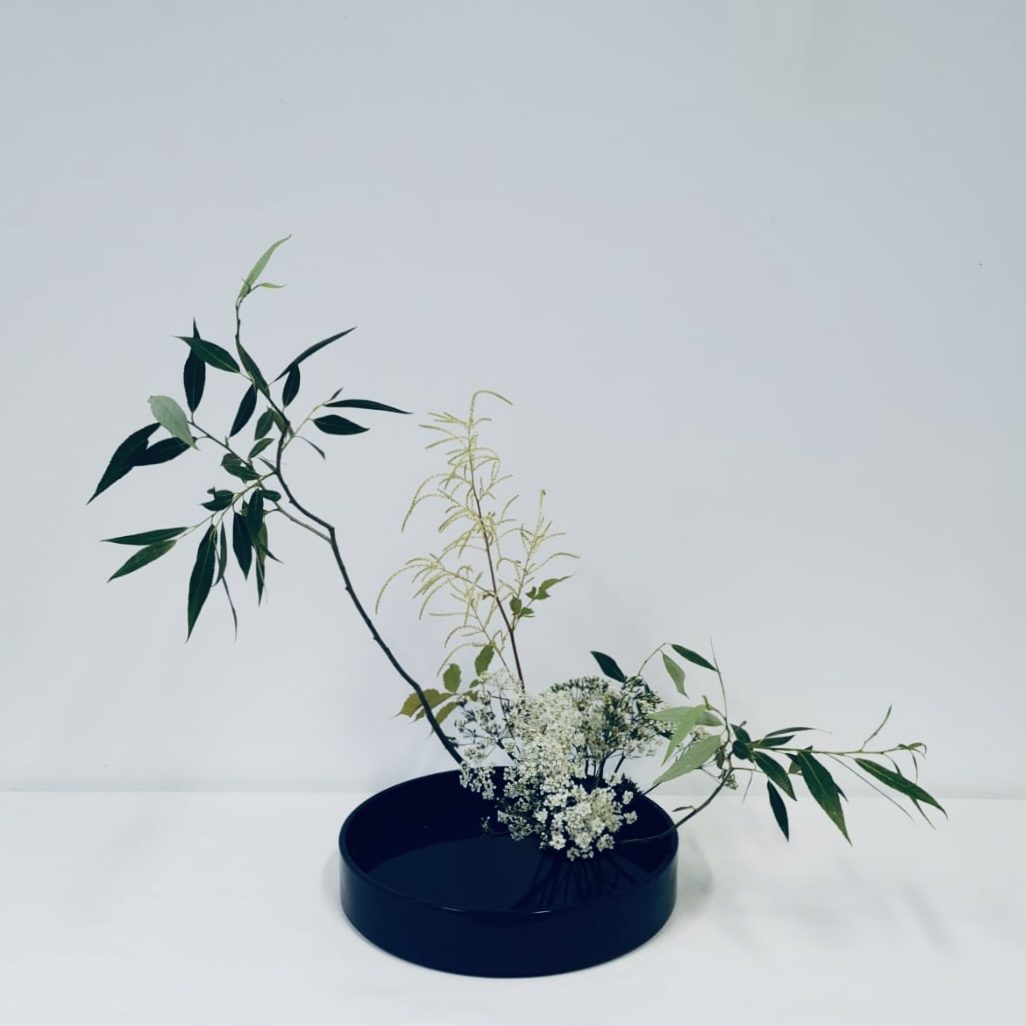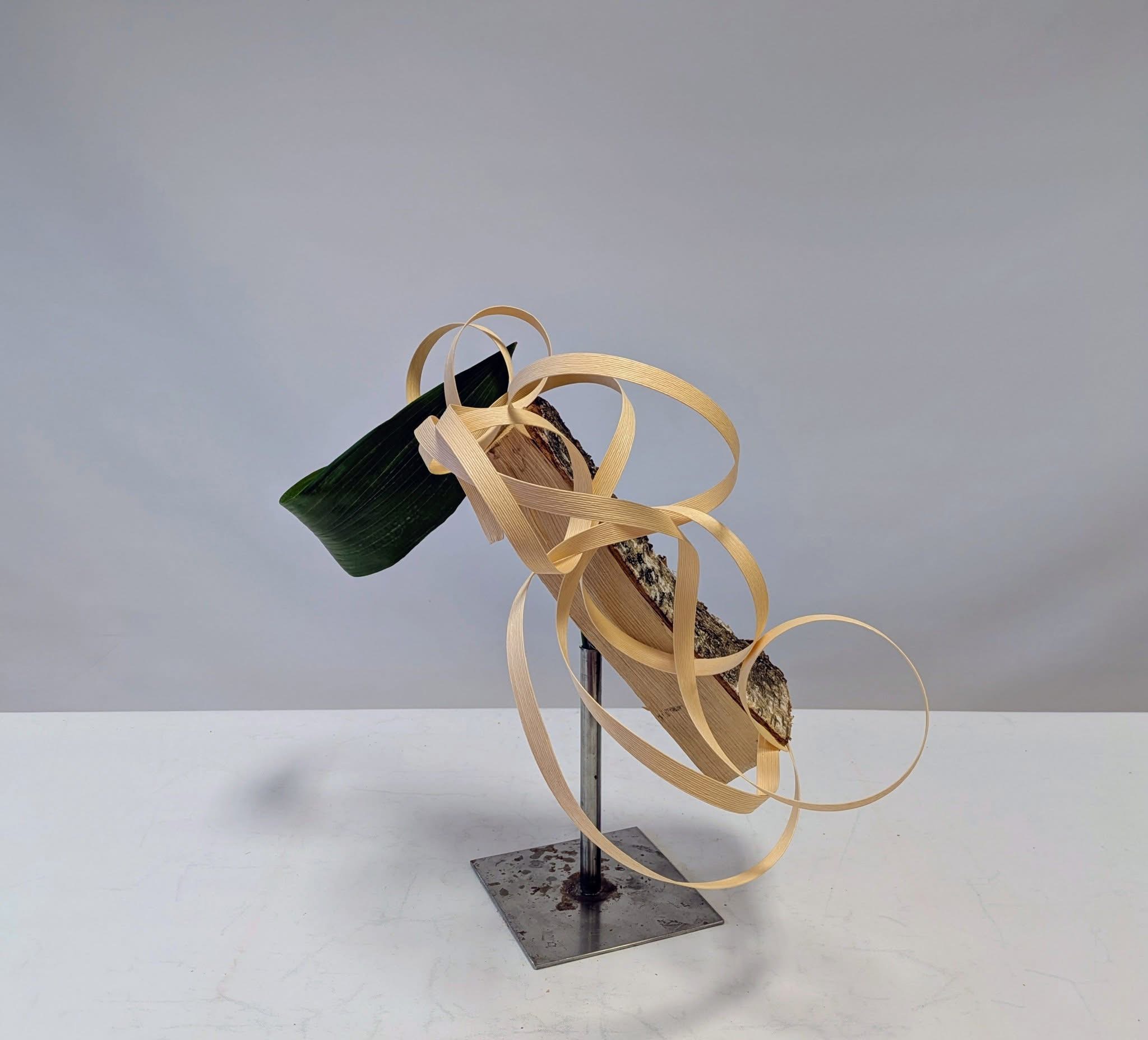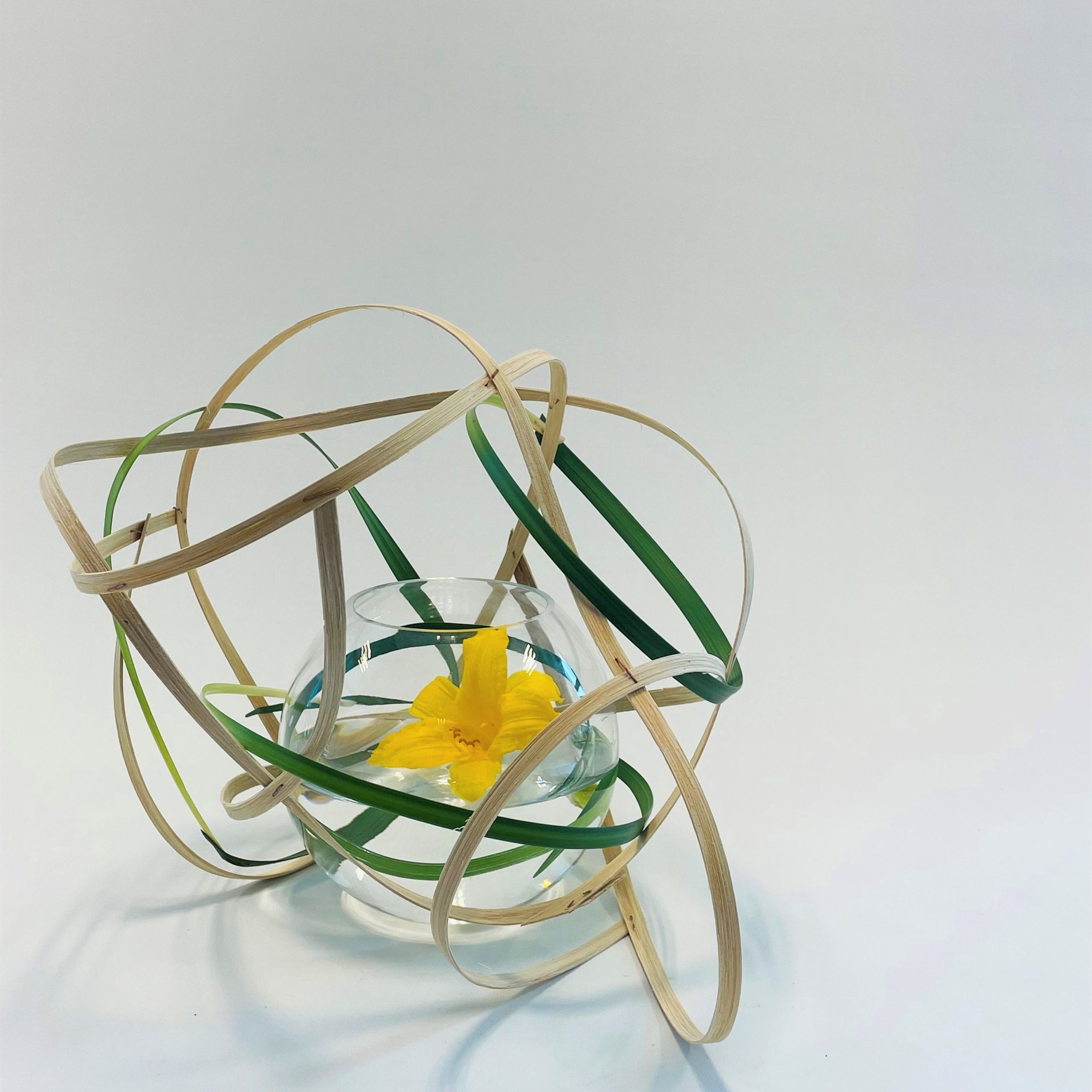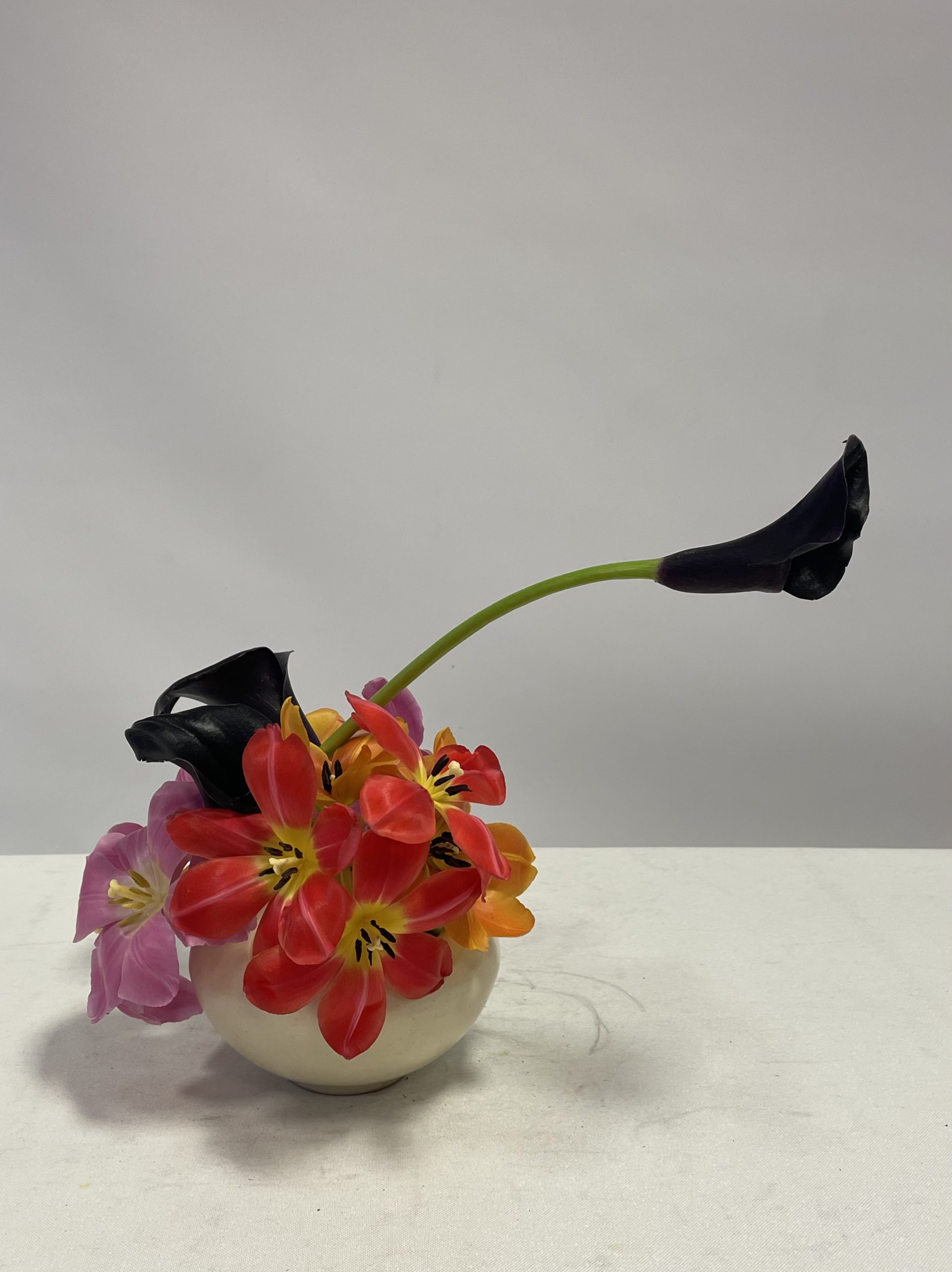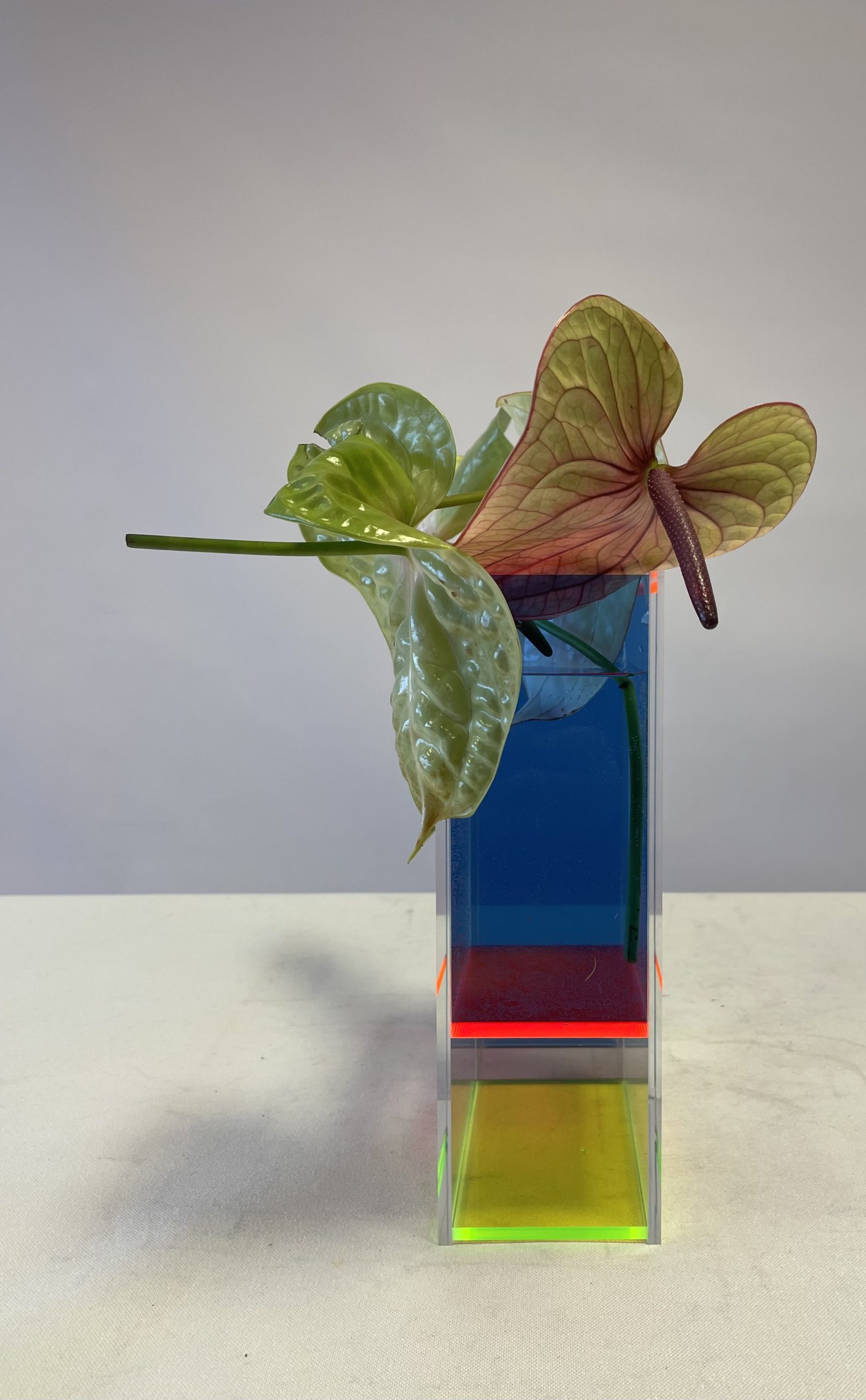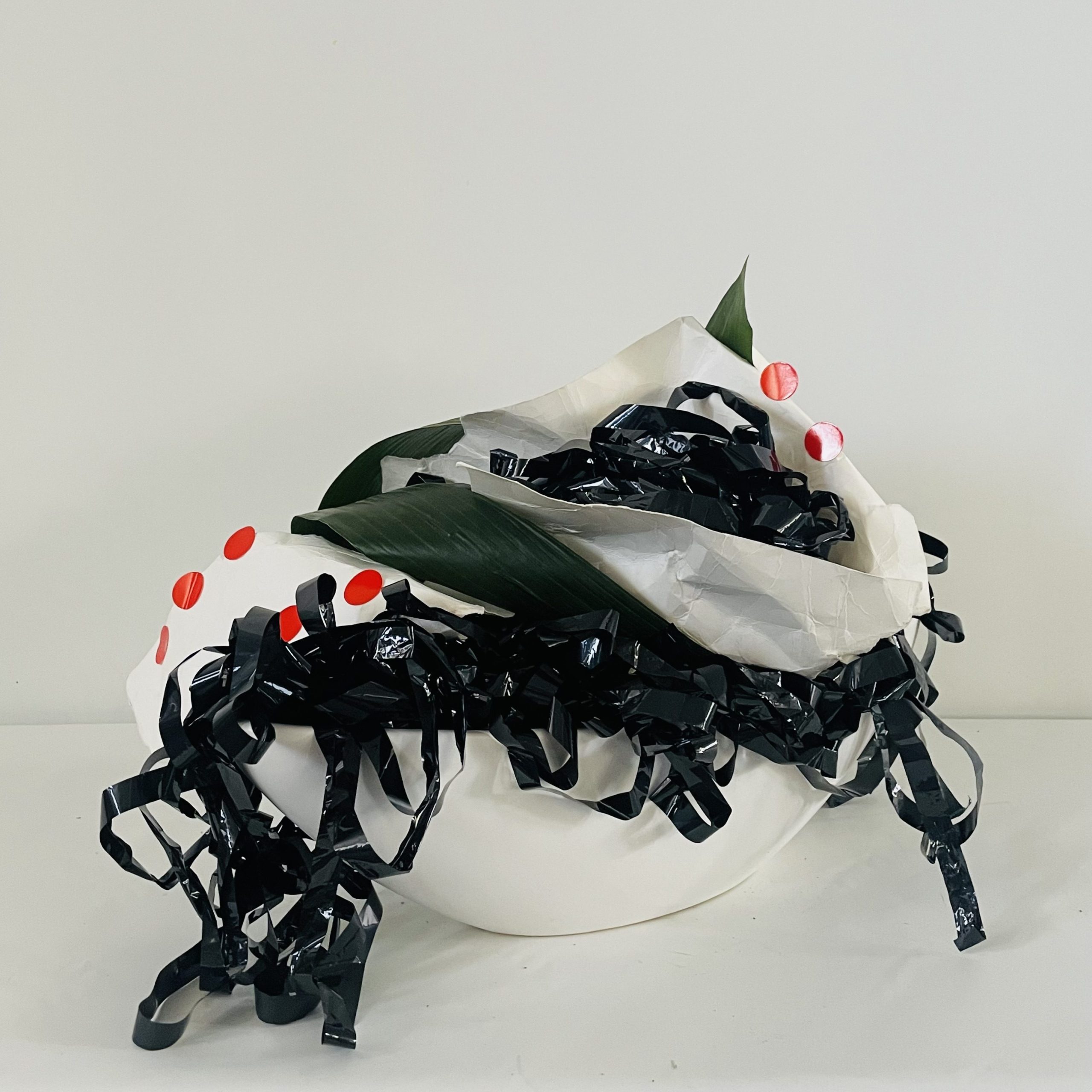ikebana 生花 いけばな
Set things that you can not see. There are many things in your heart which are invisible. Flowers are concrete but ikebana is abstract.
Sofu Teshigahara
Ikebana is the Japanese art of flower arranging — but it’s not simply about putting flowers in a vase. With roots going back over 1,500 years, ikebana has evolved into a unique art form where natural materials like flowers, branches, and even unexpected objects are used to create living, three-dimensional compositions.
Unlike Western floral design, ikebana is not about abundance or decoration. It’s about balance, line, space, movement, and emotion. Each arrangement becomes a dialogue between nature and the human hand, between presence and absence, between the visible and the invisible.
Founded in 1927 by Sofu Teshigahara, the Sōgetsu School broke away from centuries of strict tradition, championing the idea that anyone, anywhere, with any materials can create ikebana. This revolutionary approach opened the door to new artistic possibilities, making ikebana not just a reflection of nature, but an expressive, deeply personal art that bridges the natural and human worlds.
When you practice ikebana, something shifts: You slow down, notice what usually goes unseen, and engage in a quiet conversation between your hands, your materials, and your own inner landscape. The space between each stem, each curve, each absence becomes as meaningful as the materials themselves. Through this process, your everyday worries loosen their grip — you find a sense of focus, connection, and calm.
In a world overflowing with noise and speed, Sōgetsu Ikebana invites you to create moments of intentional beauty, where flowers cease to be just flowers and become something human, alive, and soulful.
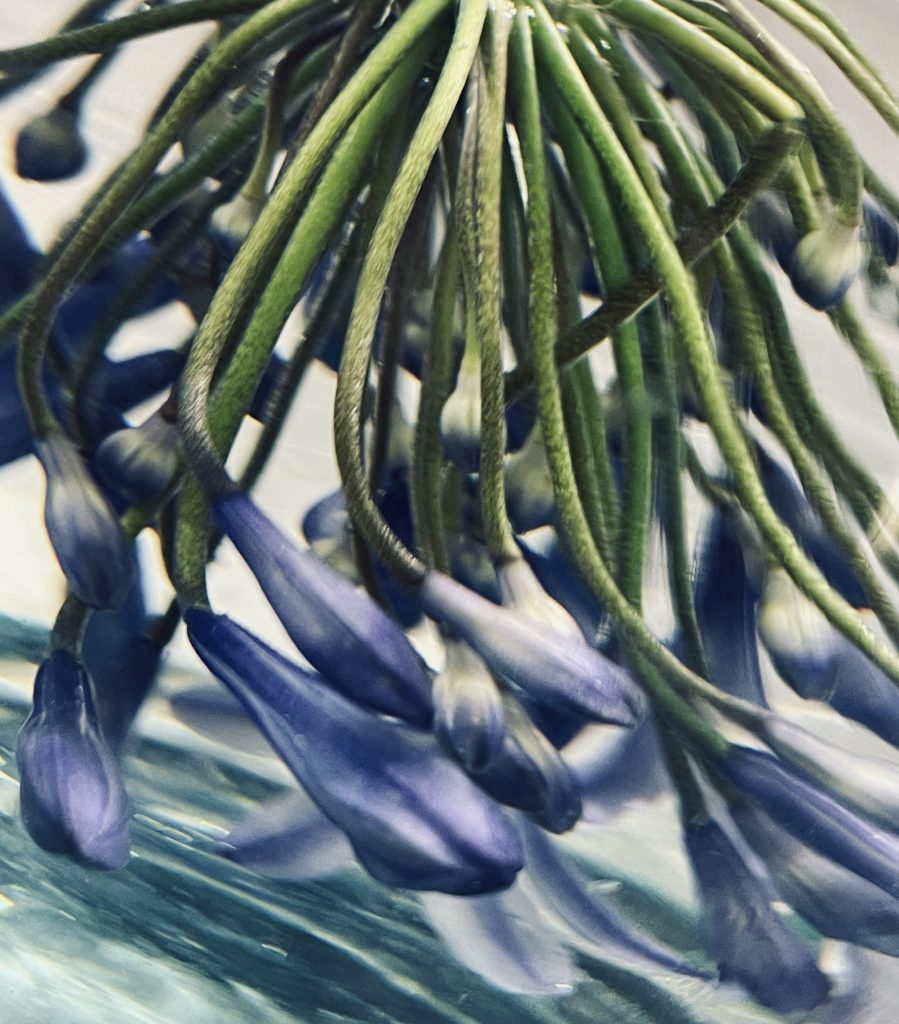
Inspiration
